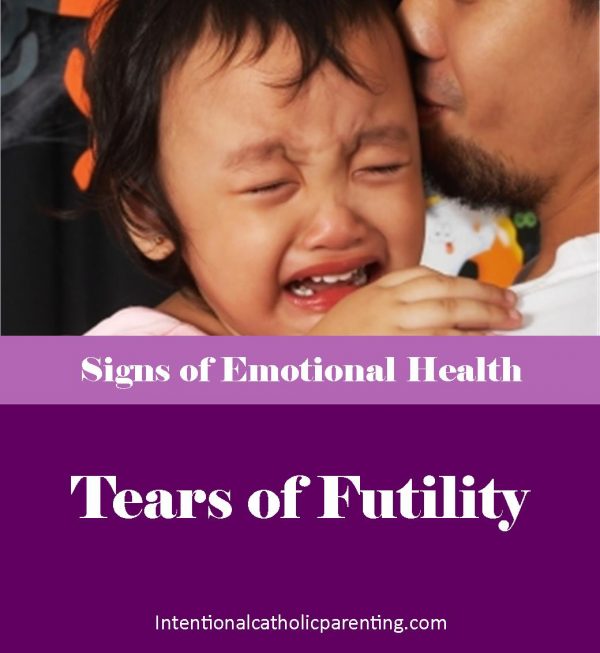On today’s show I talk about substitute or transferred attachments. Kids may have toys that they like better than others; they may enjoy playing with friends after school; they may enjoy exploring social media. Healthy, well-adjusted children can enjoy these things.
But sometimes kids use these outlets to get their emotional needs met and this is the problem.
Substitute or transferred attachment might happen in a few different ways.
PEER ORIENTATION
A peer-oriented child transfers his attachment needs from his parents or caregivers to a peer. Peer-oriented children actually prefer peers over their parents; they rely on their peers to meet their needs for belonging, significance, and emotional and psychological intimacy – all the six roots of attachment that I’ve talked about elsewhere. But kids are not meant to meet one another’s needs in this way. It’s not only impossible, but it’s an inappropriate burden for the peer.
Many kids today are peer oriented. Most parents would recognize an issue when a toddler or preschooler is peer oriented, but they assume peer orientation is normal in teens. It is “normal” in the sense that it’s become the norm – it’s become common – but it is not healthy.
Peer orientation is probably the single best explanation for juvenile delinquency, teen pregnancies, and bullying. It’s a complex problem. And it doesn’t only impact troubled youth – it even affects kids in wonderful, loving homes because as a society we actually court peer orientation – we invite it. We assume it’s cute in little kids and necessary for teenagers.
It isn’t cute, natural, or healthy.
Peer Orientation v. Peer Attachment
I always like to distinguish between peer attachment and peer orientation. Kids attach to each other; peer attachment is not the problem. Peer orientation is the problem. Peer orientation is the turning toward peers while at the same time turning away from adults who are responsible for the child. The child begins to orbit around peers instead his family. So if your child has a best friend, and this friendship is source of fun and adventure, don’t worry. The problem occurs if the friend becomes your child’s go-to person when he or she has some deep question about life, or if your child shuts you out or rejects you in order to show loyalty to the friend.
OBJECT ATTACHMENT
Some children who are very defended in their relationships – who really don’t trust anybody – may withdraw their attachments from humans altogether and transfer them to pets or even inanimate objects. They can become attached to gaming, social media, or their phones. They can develop mild addictions – they numb themselves out with their devices, so they don’t have to feel anything. They may have mild obsessions with these things and react aggressively if parents try to remove these objects or games from their kids.
WHY SUBSTITUTE ATTACHMENTS HURT OUR KIDS
These substitute attachments are a problem because they disrupt the maturation process. Just about everybody gets bigger but not everybody matures. For kids, attachment to their parents or other adult caregivers creates a womb of maturation. Attachment serves many important functions:
- PLAY: Attachment frees our kids to let go and play, and play is where our kids experiment, wonder, explore, and discover the world. Play helps them make sense of themselves and the world.
- SECURE BASE: Attachment gives our kids a secure base when the waters of life overwhelm them. Older kids embark on the drama of figuring out who they are, where they’re going, and how they get there. All the lessons about boundaries and safety; all this questioning and wondering is meant to blossom within the safety of secure attachments to warm, caring adults.
- CULTURE: It’s through attachment that our children develop language and begin to inhabit a culture. They learn about faith, reason, and values through their attachments.
When their attachment figures are missing, unreliable, or too dangerous, kids have a survival instinct to find other outlets to get their emotional needs met. Their ability to transfer attachments is really a coping mechanism. In short-term situations or crises, these transferred attachments probably won’t create long-term problems for our kids, but when the behaviors and orientations toward peers or objects become fixed in our kids’ personalities, then we have a problem.
When kids lack a secure attachment, they become preoccupied with pursuing their attachment figures or they numb themselves out with substitute attachments. They are not at rest; they lack the ability to truly play; the maturation process can’t happen. Their development is arrested or delayed. Throughout history, children absorbed language and culture hierarchically from the previous generation. Peer-oriented children absorb language and culture vertically from their peers. They get their values, culture, and language from their peers; a terrible tragedy.Recent generations have a contracted vocabulary and rapidly shifting culture that is mostly meaningless.
GOING DEEPER
Human beings are created with deep desires that only God can fulfill. It’s how we’re wired. But because of our fallen human natures, we often live at a superficial level of desires – we get stuck in our desires for pleasurable things or for admiration; these things can never give us a deep, sustained sense of happiness and satisfaction.
Most of us begin to recognize our deeper longings within healthy human relationships, and then our hearts are better prepared for a closer relationship with God. When we are incapable of vulnerability in safe and healthy relationships, our spiritual growth is hampered. Many of us are stuck in our spiritual lives, because we are addicted to success, to house decorating, to accumulating objects. These are our substitute attachments.
So transferred attachments hamper all maturing, including spiritual.
THE BIG PICTURE
Remember that you are your child’s best bet to arrive at the threshold of mature adulthood, and you’re your child’s best bet to make it to the bridge of discipleship. Your child eventually has the make the choice to embrace adulthood and to embrace God has his ultimate attachment figure, but God has wired our kids with a desire and a need to be led by us toward maturity.
Recommended
Social Integrity (Signs of Emotional Health)
In this third article in my “Signs of Emotional Health” series, I tackle “social integrity.” Teens with integrity can hold on to a sense of themselves and maintain their boundaries and values, even while with their peers.
Tears of Futility (Signs of Emotional Health)
In order to mature and flourish, our kids need to face the futilities of life and let go of what they can’t have or what isn’t working.
The Venturing Forth Spirit (Signs of Emotional Health)
The “venturing forth spirit” is the human impulse to explore, create, and play. It’s a mark of emotional health in children. How can tell if your kids have it? Why do some kids lack it?
Subscribe to ICP Feed
Subscribers to Intentional Catholic Parenting (“ICP”) receive all blog posts and podcasts immediately after release.
ICP subscribers do not receive newsletter content (unless they subscribe to the newsletter separately).
Time commitment: Blog posts take 3-5 minutes to read; podcasts are about 20 minutes long.
Subscribe to Newsletter
“The Anchor and Maze” explores how parents can navigate the maze of parenting while remaining a child’s emotional anchor.
Newsletter subscribers receive links to recent posts, but possibly later than blog subscribers.
Time commitment: I keep the newsletter short. It takes about 1 minute to read.





